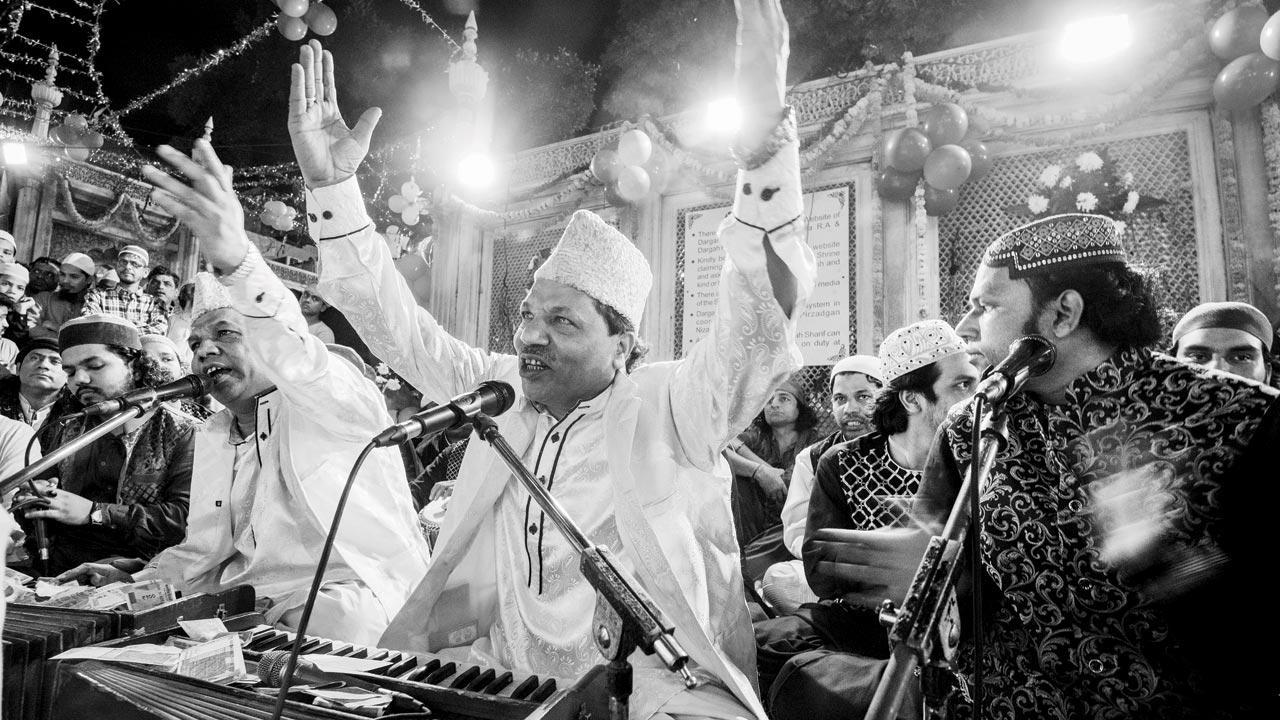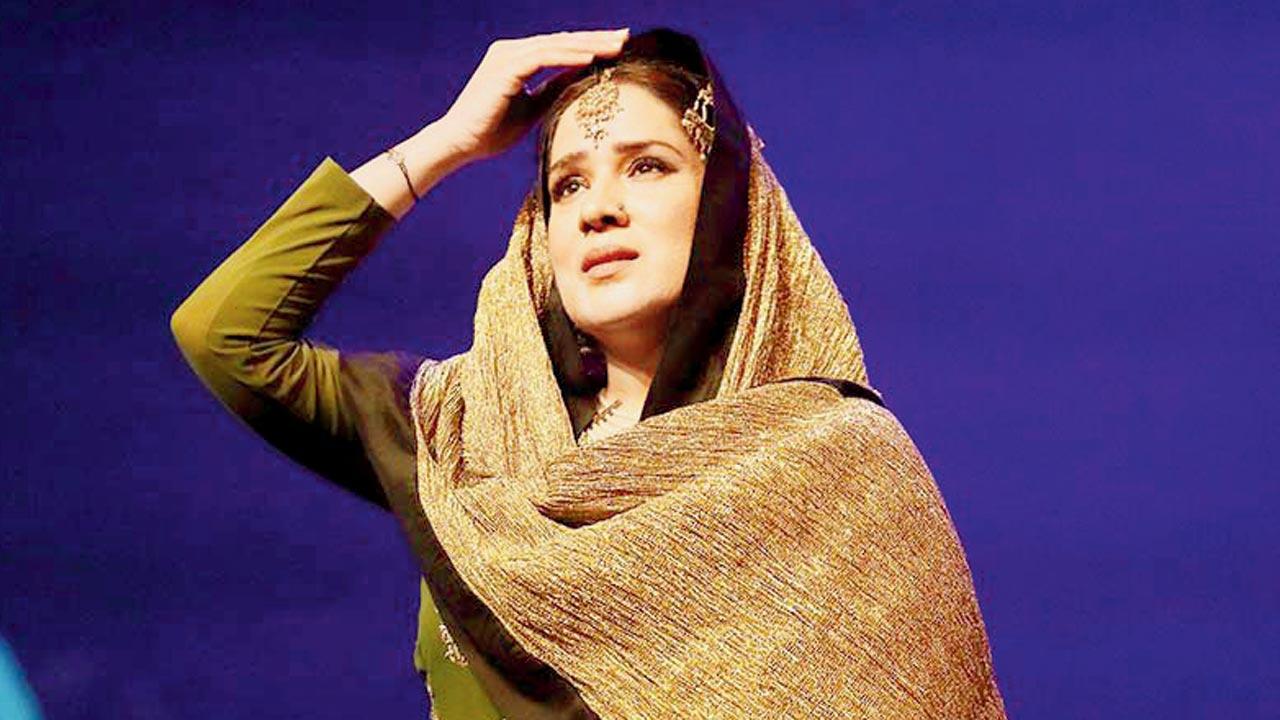The virtual extension of a recent photo exhibition aims to document the lives of qawwali practitioners and their oft-neglected alliance with performance art

Qawwals at Hazrat Nizamuddin Aulia Dargah
With a sea of yellow in their arms and flowers in a fist, they move ahead. Prayers are sometimes spoken, and otherwise, sung. The singsong march is part of an all-day celebration of Basant at Delhi’s Hazrat Nizamuddin Aulia’s shrine; it doesn’t pause for the camera. We know the documenter has snuck these frames out of motion. As the photographer keeps pace with musicians in The Yellow Chadar of Basant, we are reminded of an opulent dream — only more saturated. Who is the subject, though? The qawwals. Qawwals exist in their element at dargahs.
ADVERTISEMENT
An Untold Story by Dinesh Khanna lets us into The Qawwali Photo Project through a chink. Visual data from the recently concluded photo exhibition at India International Centre, Delhi, is now available on Google Arts & Culture. It marks the beginning of qawwali’s awaited journey in academia.
 Manjari Chaturvedi
Manjari Chaturvedi
The project conceptualised by Kathak dancer Manjari Chaturvedi and presented by SufiKathak Foundation is part of their initiative, Understanding Qawwali. “Qawwali is looked at as a lower grade of music while classical music forms are held in high regard. Not enough importance is attributed to folk music. Who decides what’s folk and what’s classical? Back in the day, Kathak used to be a folk dance but now, it falls under classical dance. Such transfers aren’t new in the scope of art,” Chaturvedi says, further explaining that qawwali was seen as a medium of spiritual elevation and it remained within the confines of shrines. When Bollywood took it up in the 1970s, Sufi music penetrated into households. Soon after, with the advent of pub or techno music, it was put on the back-burner.
With qawwali’s roots in Turkish traditions, this offering is for keen spectators who don’t just look for art in the mystique. “Qawwals were no longer invited to house party shows; instead a technological rendition of their art would be played,” she adds. This de-humanisation of music made Chaturvedi want to document the cultural and social dynamic of a rich but dwindling genre of music. Chaturvedi feels that qawwalis have always been facing financial constraints. “During the pandemic, many would call me to enquire if the situation was improving,” the dancer recalls.
All the photographs depict an organic, non-commercial setup to help audiences to understand Sufi singers as real people. They feature prominent photographers such as Leena Kejriwal, Dinesh Khanna and Mustafa Quraish. The virtual exhibition records noted qawwals including Ustad Ranjhan Ali at Dargah Hazrat Bannay Shah, Sarvjeet Tamta at the Shaheen Bagh protest, the Nizami brothers in Delhi as well as the Warsi brothers in Hyderabad.
Log on to artsandculture.google.com
 Subscribe today by clicking the link and stay updated with the latest news!" Click here!
Subscribe today by clicking the link and stay updated with the latest news!" Click here!







